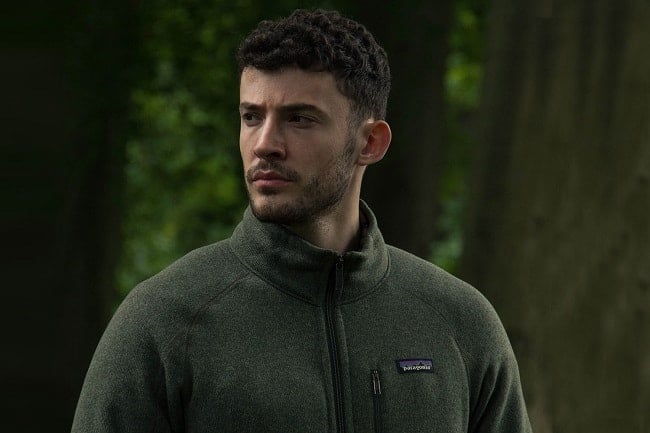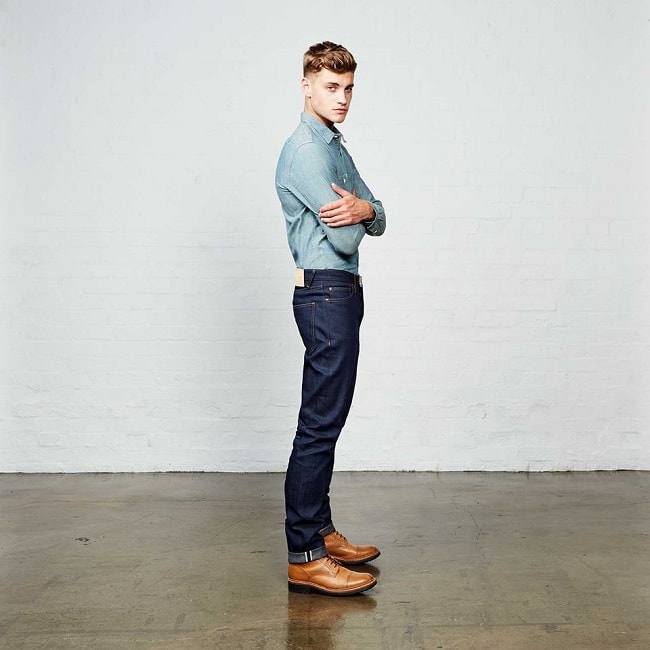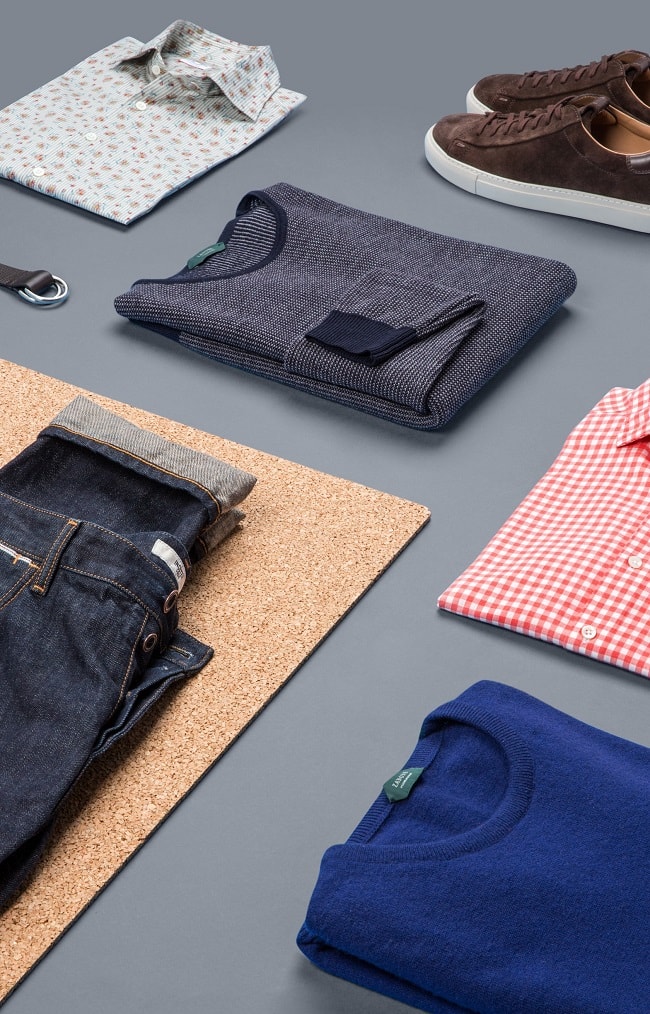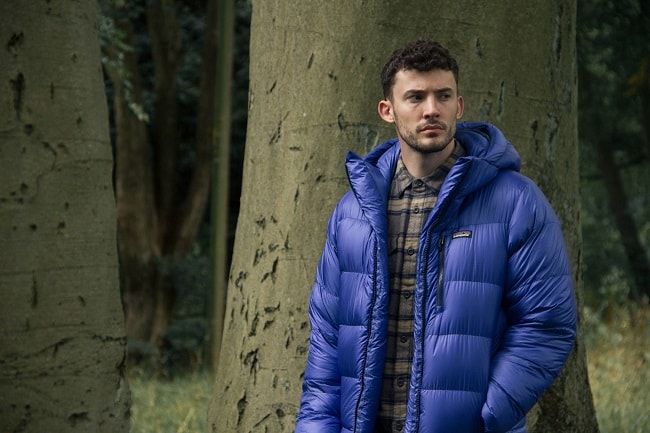1
HOME > Business >
THE IMPORTANCE OF SUSTAINABILITY IN MENSWEAR
THE FASHION INDUSTRY IS THE SECOND MOST POLLUTING INDUSTRY IN THE WORLD
Written by Menswear Style in Business on the 1st November 2017

Sustainability, green and environmentally friendly are all buzz words that get used on a daily basis in the world of fashion. It’s something that has become increasing important for both customers buying and brands crafting. But what exactly does it all mean? We speak to Tom Lovelace, the Chief Creative Officer of Hawthorn to get an expert insight.
Most people probably haven't heard about sustainable fashion. Why should consumers care about it?
"Sustainability in the fashion industry is of great importance. It's no secret that back end processes in our industry are environmentally damaging. With the textile industry being a part of the lives of everyone on the planet in some way or another, even if you're not enthusiastic about style, you will still wear clothing and therefore contribute to this impact. This necessity adds to why the fashion industry is the second most polluting industry in the world, behind the oil sector. People are now noticing that if we can work to achieve sustainability in fashion, it will have a positive global impact. The more retail customers who buy sustainable fashion, the larger brands will be inclined to invest more into eco-friendly manufacturing methods."

What are manufacturers like yourselves doing to help make the fashion industry more environmentally friendly?
"As manufacturers, we are on the front line of the fight against Fast Fashion. This was a term coined in the 90s as brands started to see a requirement for quick turnaround to keep up with the ever-changing fashion trends. Unfortunately, to achieve this, the global textile production network had to increase yield beyond its maximum capacity. There is only so much farm land upon which cotton can be grown, meaning the demand for fabrics resulted in the use of pesticides and toxic chemicals to help grow as much cotton as possible. As manufacturers, we are now actively promoting the use of organic cotton, bamboo cotton and hemp fabrics to help to make the industry more environmentally friendly."

What is the main driving force behind the amount of Green fashion brands appearing on the market?
"Social media is a great influencer behind the habits of consumer purchasing. The planet is suffering because of our overuse of things like fossil fuels, so this is something that a lot of brands want to distance themselves from. Fossil fuels are used in the production of Polyester, a fabric which is used heavily in Fast Fashion. Brands are actively moving away from this and everything that goes with it, and as some influencers dedicate their whole careers to sustainability, it is naturally going to filter down to smaller fashion brands into their core values."

A reason that comes up a lot for people choosing Fast Fashion over sustainable is because of the cost. What can we do to it more affordable?
"Supply and demand is very much a factor in the cost of eco-friendly fabrics, and at present there is simply more traditionally farmed cotton available for use than there is organic, which keeps the price of organic cotton high. As the word of sustainability spreads and more people find it to be something which they actively look for when purchasing clothes, more brands will want to use it, meaning more sustainable fabrics will have to be produced to meet that demand, and it is at that point when prices will start to fall. Everyone in the fashion industry needs to use their influence to help achieve this, right from small fashion bloggers, to manufacturers and large high street brands."

Eco-friendly fashion seems to have a lot of pros and not a lot of cons. What does the future hold for sustainable fashion?
"As far as we at Hawthorn are concerned, the future is sustainable fashion. We have recently created an article which delves a little deeper into the issue which you can find here. Large high street brands are already starting to realise that customers don't necessarily want mass produced items, and are now moving towards quality over quantity even if it costs a little more. Consumers are becoming more concerned about the environment and the damage which the industry currently causes for it. Now, however, more awareness is required if we are to achieve full sustainability. As clothing manufacturers, we work with a lot of small brands, and having developed a range of eco-friendly fabrics which we can provide at low quantities for small production runs, we are actively promoting their use over traditionally produced fabrics"
Are you willing to pay a little more for sustainable fashion? #sustainablefashion
— Menswear Style (@MenswearStyle) November 4, 2017
Trending
2
3
4
5
6
7
8
9
10









